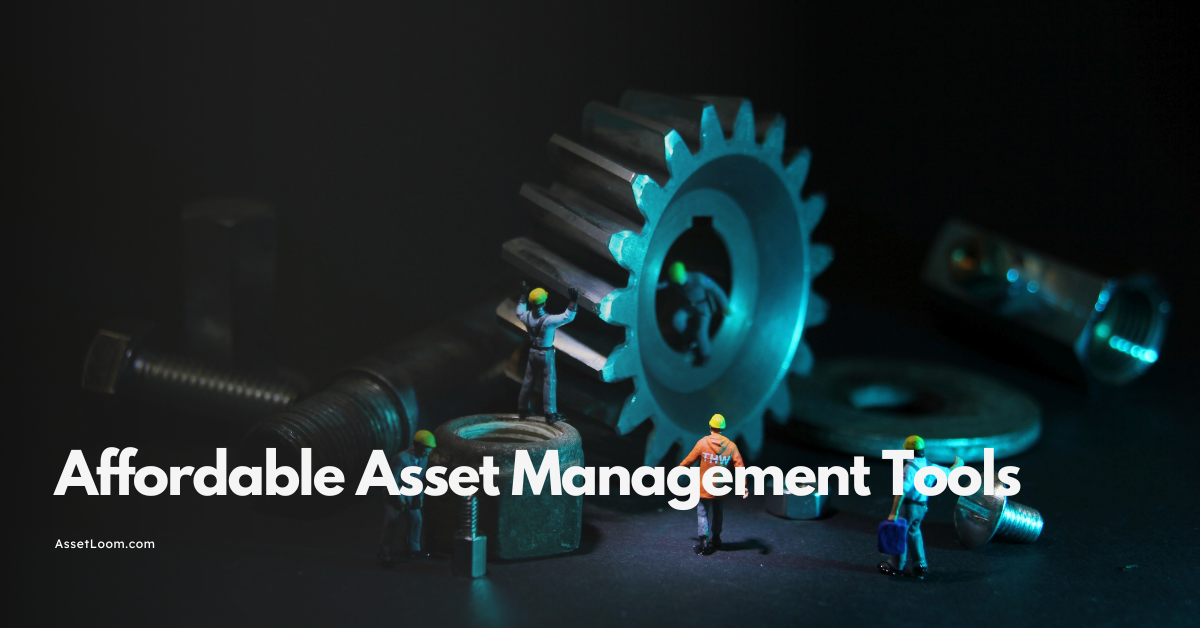What Is Asset Health in IT Asset Management?
A clear breakdown of asset health and its role in keeping your IT assets reliable, secure, and performing well.
What Is Asset Health?
Asset health shows how well an IT asset is performing at a given moment. It helps you see if a device or system is working normally or starting to show problems.
In IT Asset Management (ITAM), asset health reflects the condition, reliability, and performance of your hardware and software. A healthy asset runs smoothly and stays updated. An unhealthy asset may slow down, freeze, or require frequent support.
Think of asset health as a simple status check for your IT environment. When you understand the health of your assets, you can plan maintenance, prevent downtime, and decide when to repair or replace equipment.

Why Asset Health Is Important
Asset health matters because it tells you if your devices and systems can support your daily work without problems. When you know the true condition of your assets, you can fix small issues early and avoid sudden disruptions. It also helps IT teams stay organized and make smarter decisions about maintenance and replacements.
Here’s why asset health makes a difference:
- Better performance: Healthy assets run smoothly and help teams work without slowdowns.
- Less support work: Fewer problems mean fewer tickets and fewer repeated fixes.
- Lower costs: Good asset health reduces surprise repairs and emergency expenses.
- Safer systems: Updated and stable assets are less likely to create security risks.
- Easier planning: Clear insights help you schedule maintenance or plan upgrades at the right time.
- Less downtime: Healthy devices fail less often, so work continues without interruption.
Strong asset health leads to a smoother, safer, and more predictable IT environment.
Key Factors That Influence Asset Health
Several factors affect how healthy an IT asset stays over time. Understanding these helps you manage issues early and keep your devices performing well.
Here are the main factors that influence asset health:
- Usage patterns: Heavy or continuous use can cause parts to wear out faster and reduce performance.
- Age and lifecycle stage: Older devices naturally slow down and face more technical limitations.
- Maintenance habits: Regular updates, patches, and checkups keep assets stable and secure.
- Environment: Heat, dust, poor ventilation, or rough handling can lead to early damage.
- User behavior: Accidental drops, ignored updates, or poor charging habits can affect device quality.
- Technical performance data: High CPU load, low memory, battery decline, or repeated errors often signal health issues.
Tracking these factors helps IT teams spot risks early and take action before they turn into bigger problems.
How to Evaluate and Track Asset Health
Evaluating asset health starts with checking how well each device performs during daily use. Slow speed, frequent errors, or overheating often signal that an asset needs attention. Performance data adds more detail by showing CPU load, memory use, battery condition, and other technical indicators that reveal hidden issues.
Update status is another important part of the process. Devices that miss patches or firmware updates can become unstable or unsafe, so reviewing their update history helps keep your environment secure. Lifecycle and warranty information offer extra context because older assets or those nearing warranty expiration usually carry a higher risk of failure.
Regular audits tie everything together. Physical inspections confirm that devices are still in good condition, while software checks help verify settings, licenses, and system performance. Automated asset monitoring software makes this work easier by giving you real-time alerts and dashboards. With consistent tracking, you can catch issues early and plan repairs or replacements before they affect users.
Signs Your Asset Health Is Declining
Declining asset health often shows up through small issues that grow over time. One common sign is slower performance, such as longer loading times or frequent freezes during normal tasks. Devices may also show repeated error messages or crash more often, which signals that key components are struggling.
Physical symptoms can appear as well. Overheating, unusual noise, or rapid battery drain often indicate hardware stress or aging parts. Connectivity issues, such as unstable Wi-Fi or Bluetooth failures, may also point to deeper problems.
Security-related signs are important too. Assets that fail to update or cannot install patches may be reaching the limits of their hardware or software support. This increases the risk of vulnerabilities and compliance issues.
When these signs appear together or grow more frequent, it usually means the asset needs repair, maintenance, or replacement. Addressing these issues early helps prevent downtime and protects the rest of your IT environment.
Best Practices for Maintaining Asset Health
Maintaining asset health works best when you use methods that look beyond basic updates or routine checks. A more proactive approach helps you spot issues early, extend asset life, and keep your IT environment stable.
Here are a few advanced best practices that improve asset health:
- Set performance thresholds: Define limits for CPU load, battery cycles, temperature, or error counts. When an asset crosses these thresholds, it becomes easier to catch early signs of decline.
- Group assets by risk level: Categorize devices based on their age, workload, and importance. High-risk assets can then receive more frequent checks and quicker responses.
- Use predictive maintenance: Look at past performance data to predict when a device might slow down or fail. This helps you plan repairs before issues affect users.
- Balance asset usage: Rotate devices or redistribute workloads so the same assets are not overused. This keeps wear and tear more even across your fleet.
- Monitor environmental conditions: Watch for heat, dust, power issues, or poor storage conditions. These factors can shorten asset life even when performance looks normal.
- Standardize device setups: Use consistent build profiles so all assets start with the same configuration. This reduces long-term problems caused by mismatched settings.
- Create a simple health scoring system: Assign each asset a score based on performance, age, and risk. This makes it easy to see which devices need attention first.
These practices help you maintain a healthier asset environment, reduce downtime, and make better long-term decisions about repairs or replacements.
How AssetLoom Helps You Manage Asset Health
AssetLoom gives you a simple way to understand the real condition of your IT assets. Instead of guessing when a device needs attention, you get clear insights that help you act early and prevent problems.
AssetLoom tracks key performance data and turns it into an easy-to-read health overview. You can see which assets are stable, which need maintenance, and which are close to failure. This visibility helps you avoid surprises and keep your IT environment running smoothly.
The platform also sends alerts when an asset starts to show unusual behavior. This allows you to respond quickly before the issue affects users or spreads to other systems. With centralized information, you can review performance history, update status, lifecycle stage, warranty details, and past incidents all in one place.
AssetLoom also supports smarter decision-making. You can identify when an asset should be repaired, upgraded, or retired based on real data, not assumptions. This helps reduce downtime, lower support costs, and keep your hardware and software in good condition.
By giving you reliable asset insights and simple tools to track health, AssetLoom makes it easier to maintain a stable and well-performing IT environment.
Glossary of Related Terms
Frequently Asked Questions (FAQ)
1. How is asset health different from asset performance?
Asset performance focuses on how fast or efficiently a device works. Asset health looks at the bigger picture, including age, condition, errors, environment, and long-term stability. Performance is one part of overall health, not the full story.
2. Do all asset types have health indicators?
Yes. Laptops, desktops, servers, mobile devices, and network equipment all show health signals. Even software systems have indicators such as update status, error logs, and resource usage that help evaluate their condition.
3. What tools are commonly used to track asset health?
Organizations often use asset monitoring software, ITAM platforms, endpoint management tools, and built-in system diagnostics. These tools collect data automatically and help teams track changes over time.
4. How does asset health support budgeting and planning?
Asset health data helps you see which assets will need maintenance or replacement in the near future. This makes budgeting more accurate and prevents sudden, urgent purchases caused by unexpected failures.
5. Can asset health improve productivity for end users?
Yes. Healthy assets start faster, run smoother, and fail less often. This reduces interruptions, lost work time, and frustration for employees who rely on these devices every day.
6. Does asset health impact warranty claims?
It can. Clear health records make it easier to show when an asset developed problems and whether it was properly maintained. This helps support warranty claims and speeds up resolution with vendors.
7. How early should I act when an asset shows signs of declining health?
It’s best to respond as soon as you see repeated warnings or performance changes. Early action prevents damage, protects data, and reduces the chance of complete failure. Small fixes made early can extend an asset’s life significantly.

Related Blogs
Subscribe for Expert Tips and Updates
Receive the latest news from AssetLoom, right in your inbox.

